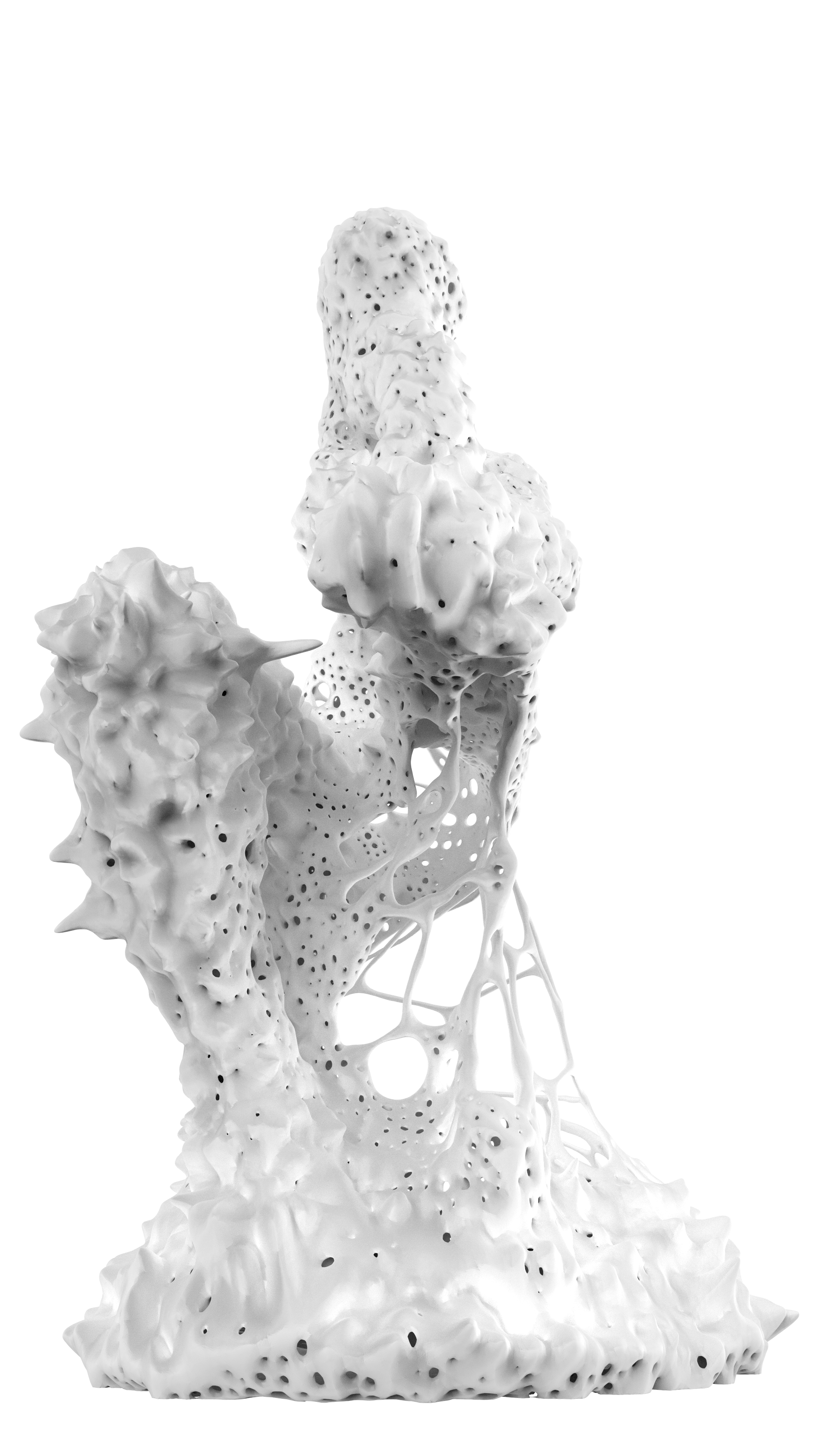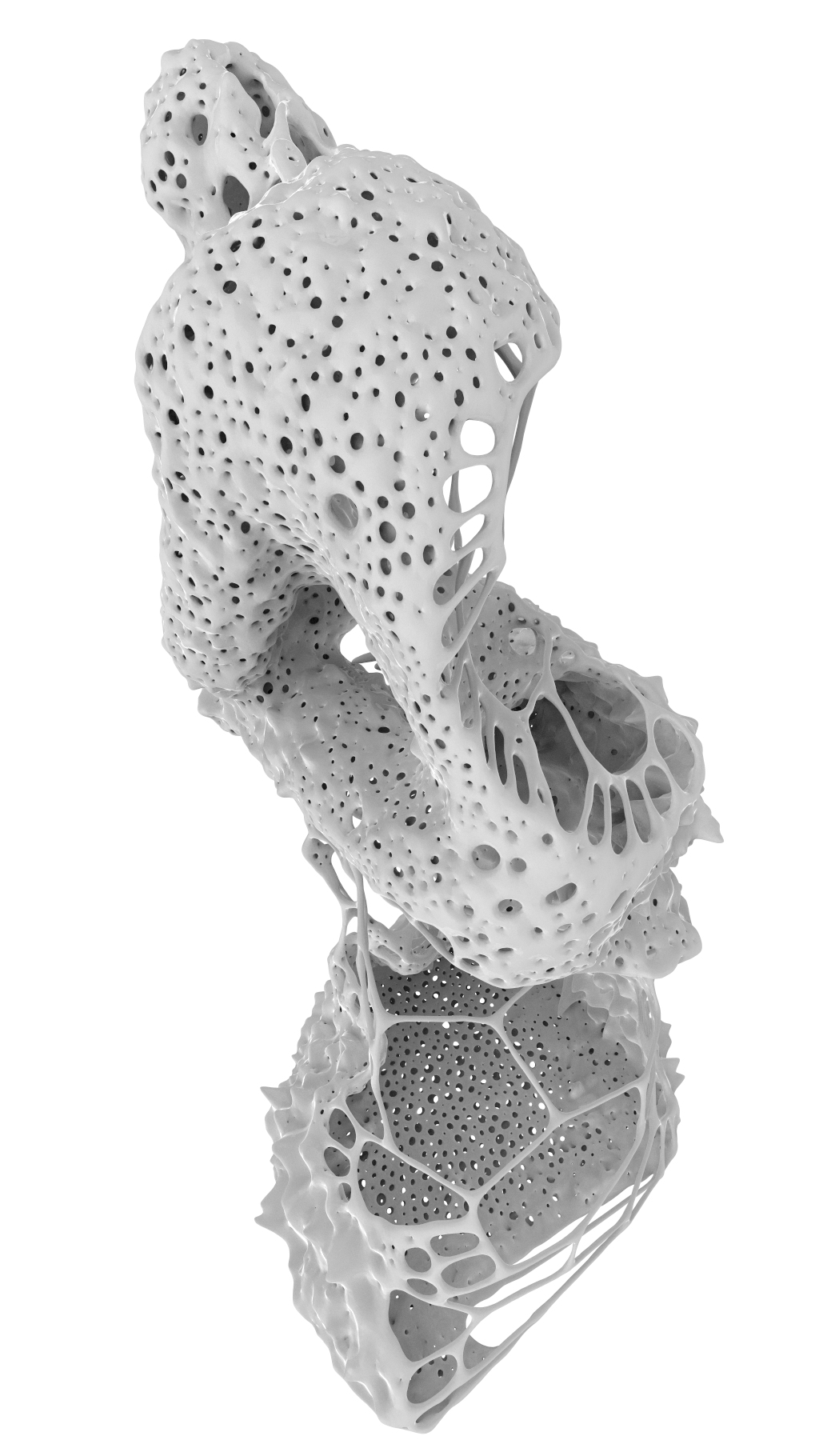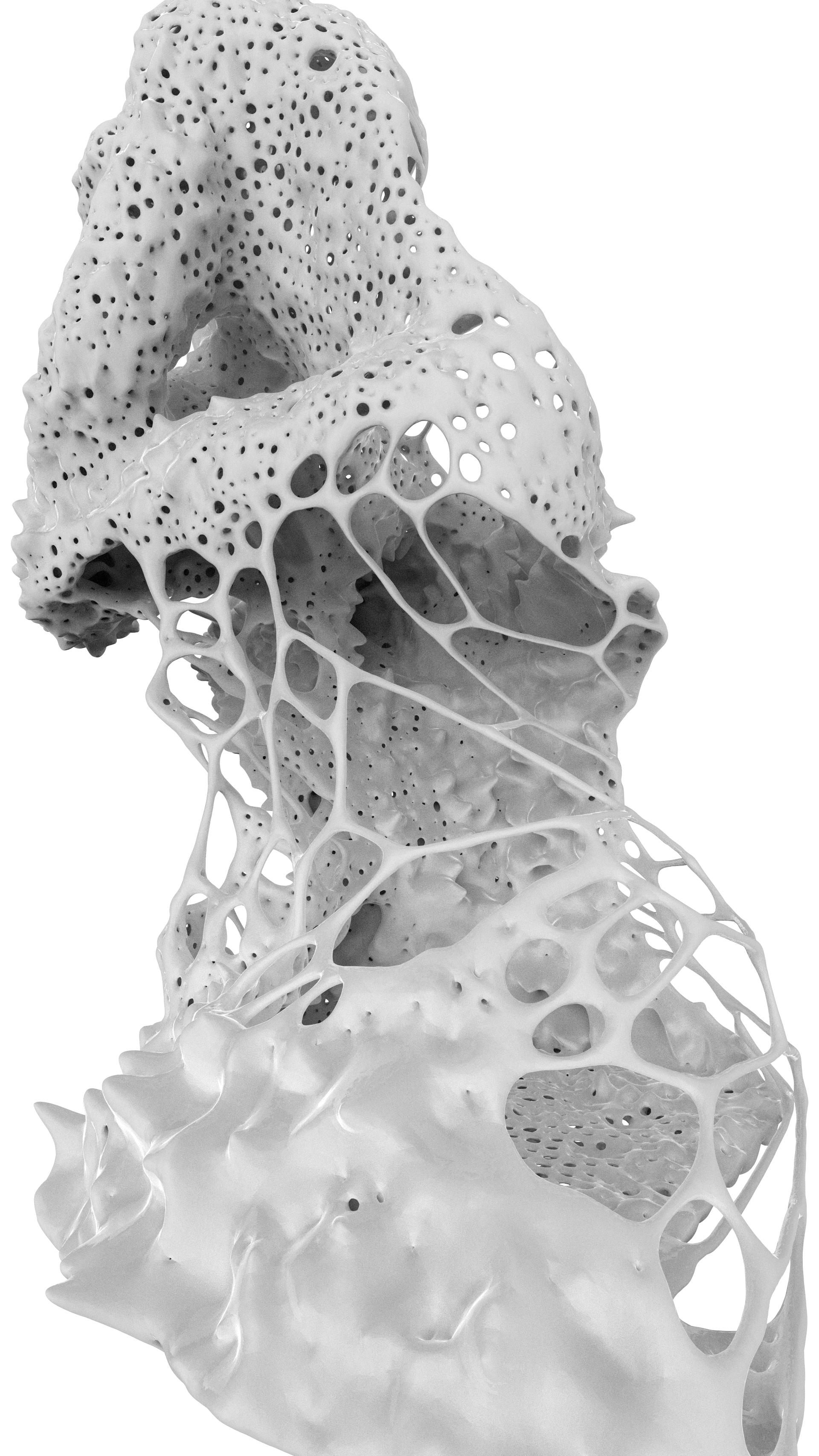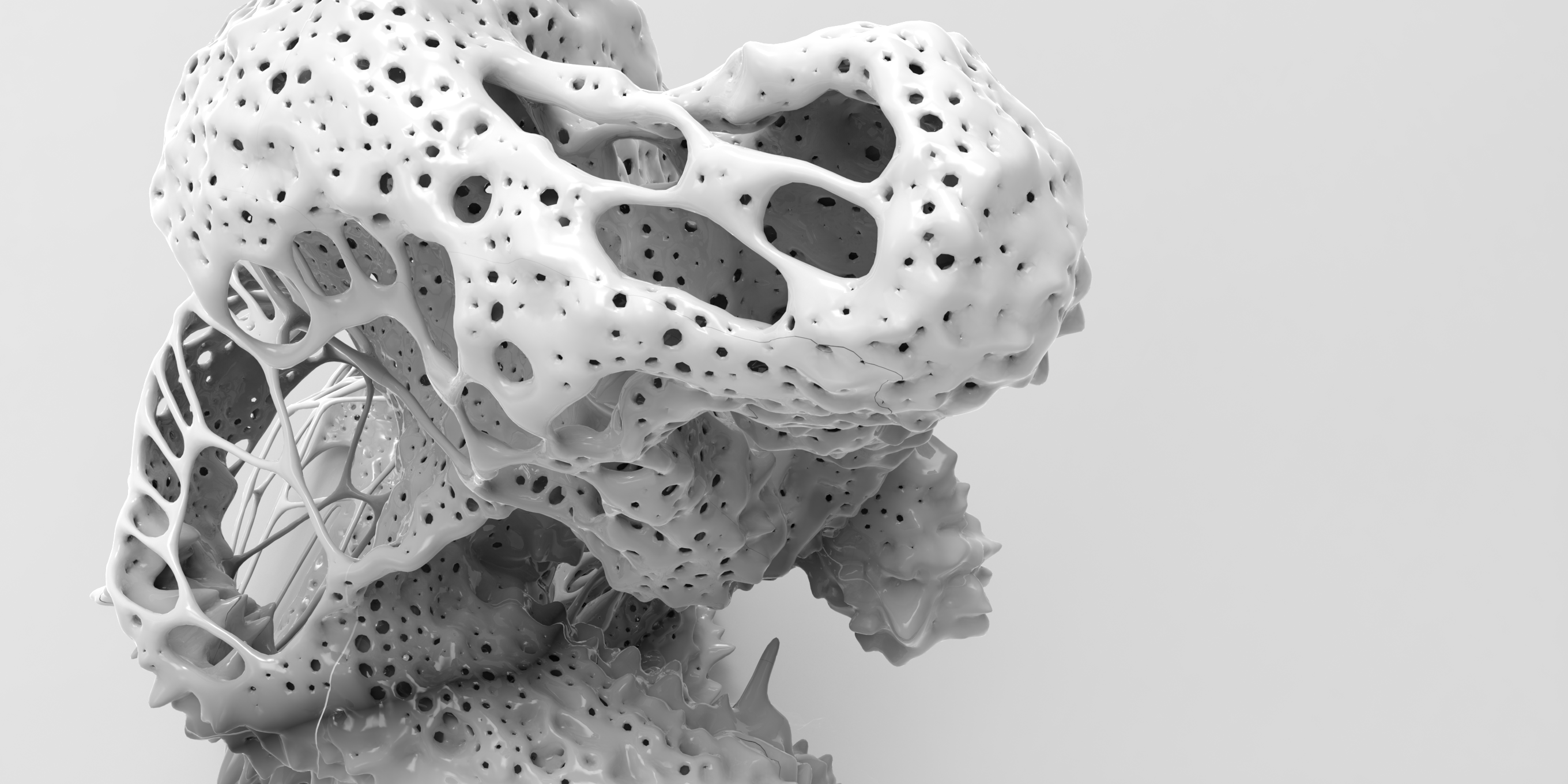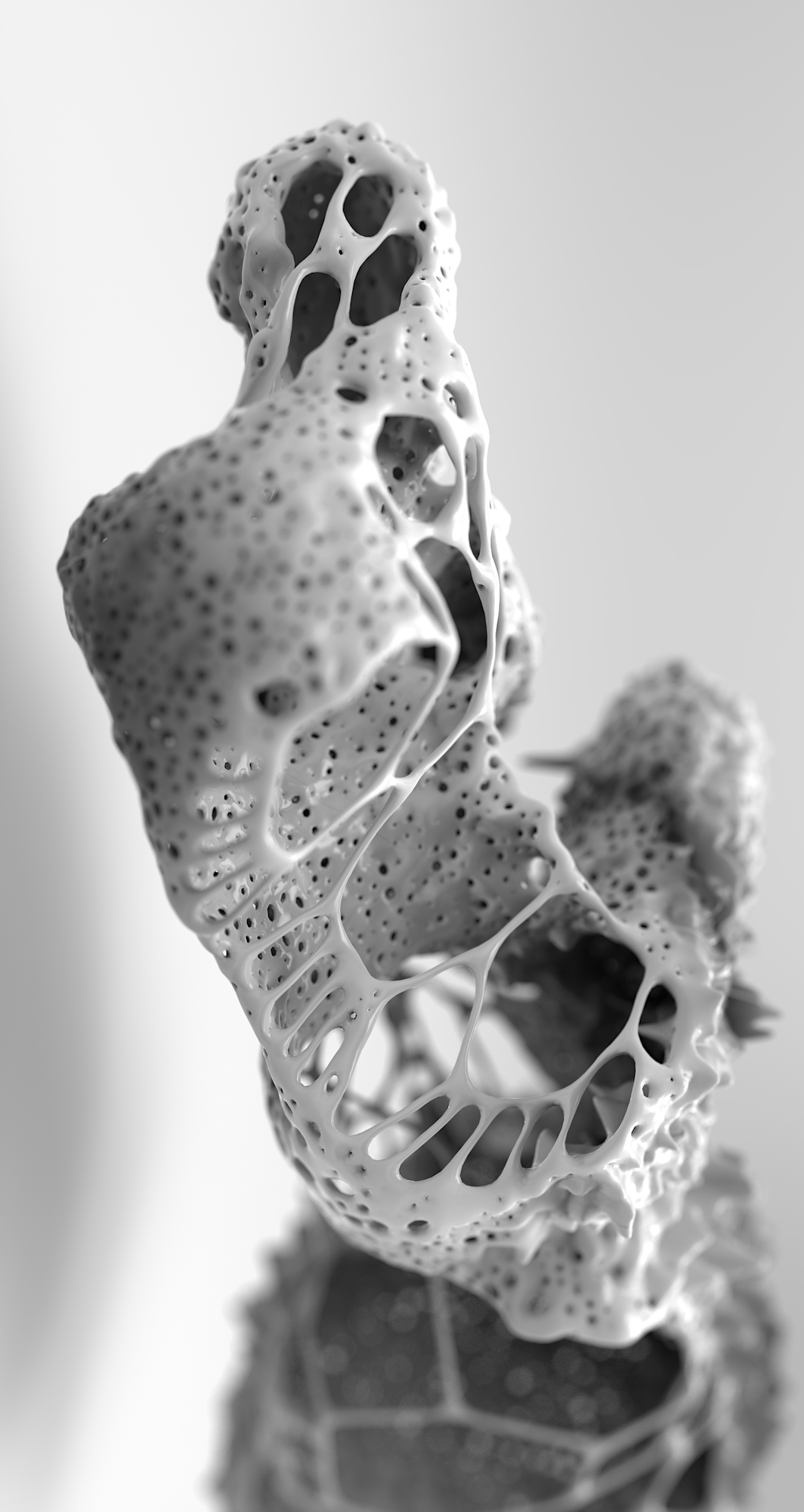NeuroThinker #1_”Re-Wire-Culture”
The artist used neural spike recordings to deconstruct a 3d scan of Rodin’s Thinker sculpture.
The relationship between neuroscience and art has been a topic of much discussion in recent years, with both fields exploring the intricacies of the human experience in new and imaginative ways. As a result, this relationship has opened up new avenues for understanding reality and the ways in which we interact with the world around us.
At its core, art is a form of expression that allows us to communicate our thoughts, emotions, and experiences to others. Similarly, neuroscience is concerned with exploring the workings of the brain and how it influences our perceptions, thoughts, and actions. When these two fields are combined, they have the potential to offer new perspectives on the nature of reality and the ways in which we experience the world.
In a recent innovative project, the artist has taken the concept of using brain recordings and neural spike data to a whole new level by deconstructing a 3D scan of Rodin’s famous sculpture, “The Thinker.” By merging the latest advancements in neuroscience with cutting-edge technology, the artist aimed to explore the ways in which our brains process and perceive art.
The artist started with a 3D scan of the original “The Thinker” sculpture and then using the recorded neural spikes from the brain of a subject viewing the scan, they were able to map the brain’s response to specific aspects of the sculpture. This allowed the artist to analyze the neural patterns associated with specific elements of the sculpture, such as its form, texture, and movement.
The result is a stunning and thought-provoking deconstruction of the original sculpture, in which the artist used the brain recordings to reveal the neural pathways and connections associated with the viewing of art. The final artwork offers a unique insight into the ways in which our brains process and perceive art and the ways in which different elements of a work of art can evoke different emotional and sensory responses.
This project is a testament to the power of merging art and science. By using technology and neuroscience to deconstruct a masterpiece of art, the artist has offered a new and exciting perspective on the ways in which we experience and understand the world around us.
In conclusion, this project is a shining example of how artists are pushing the boundaries of what is possible and exploring new ways of seeing and understanding the world. By merging the latest advancements in neuroscience with art, the artist has created a truly thought-provoking and inspiring work that challenges our perceptions and expands our understanding of the human experience.

